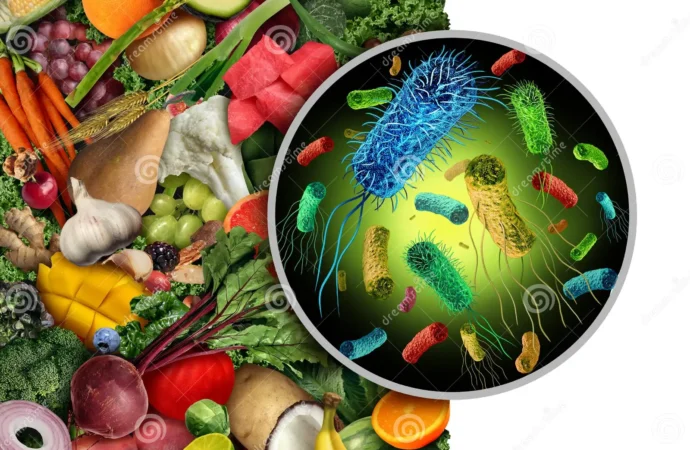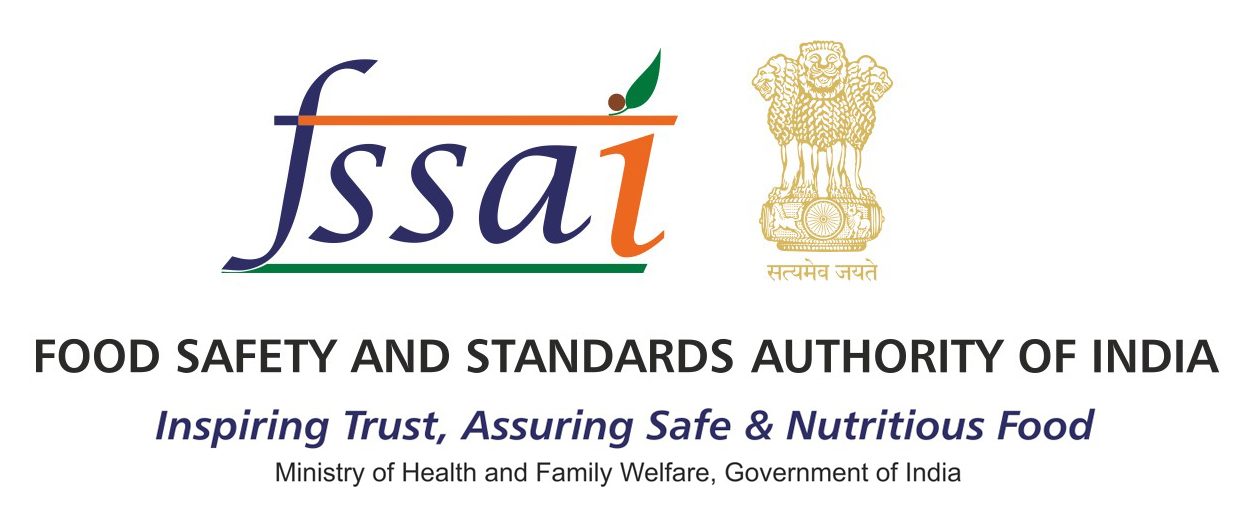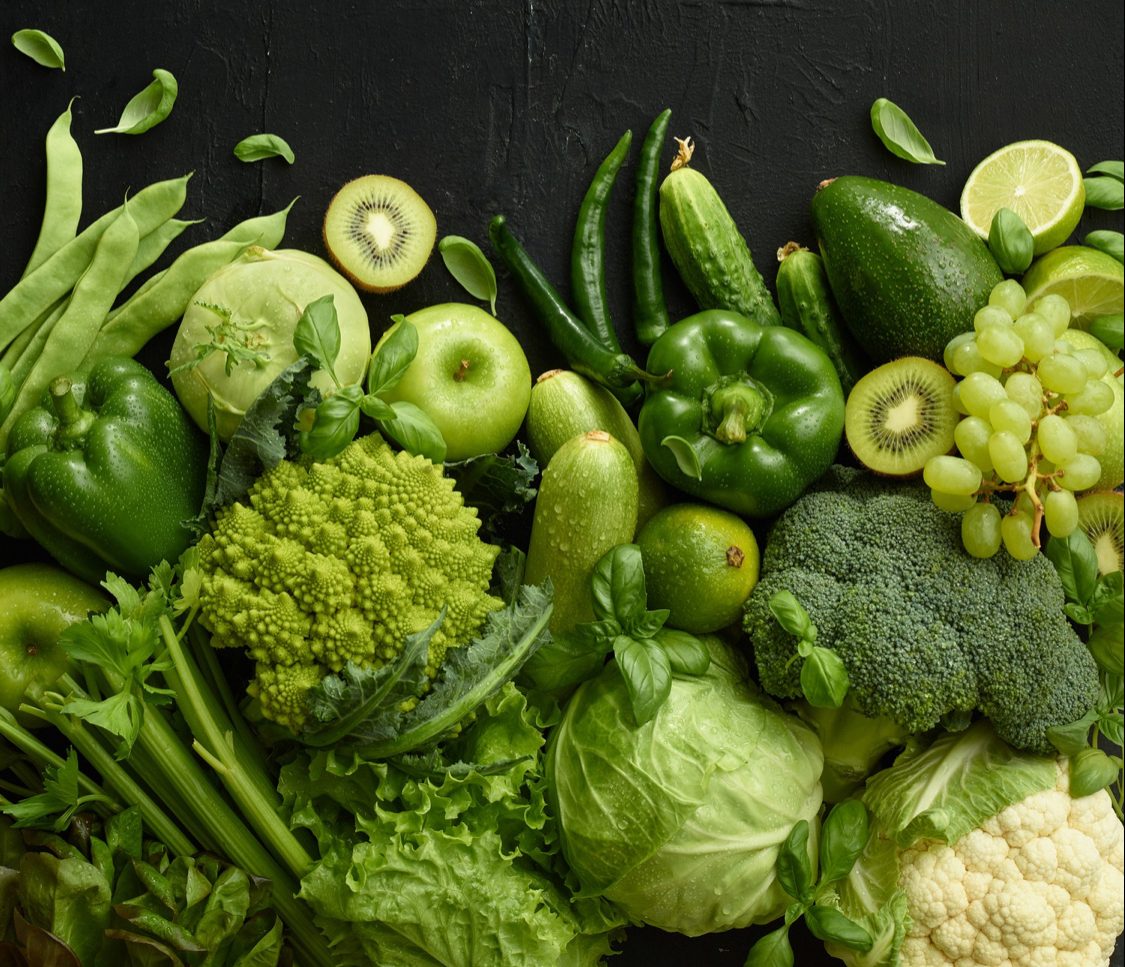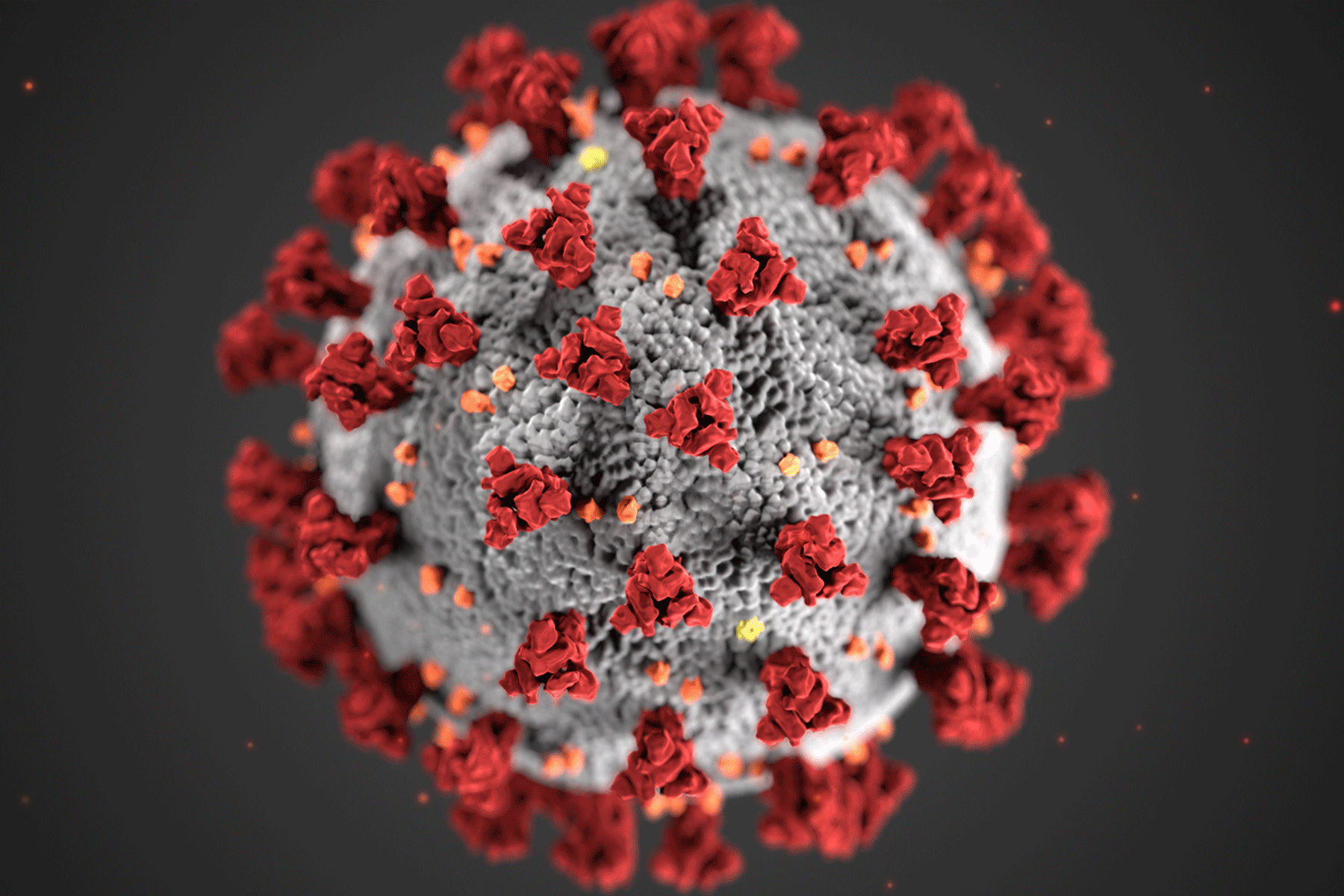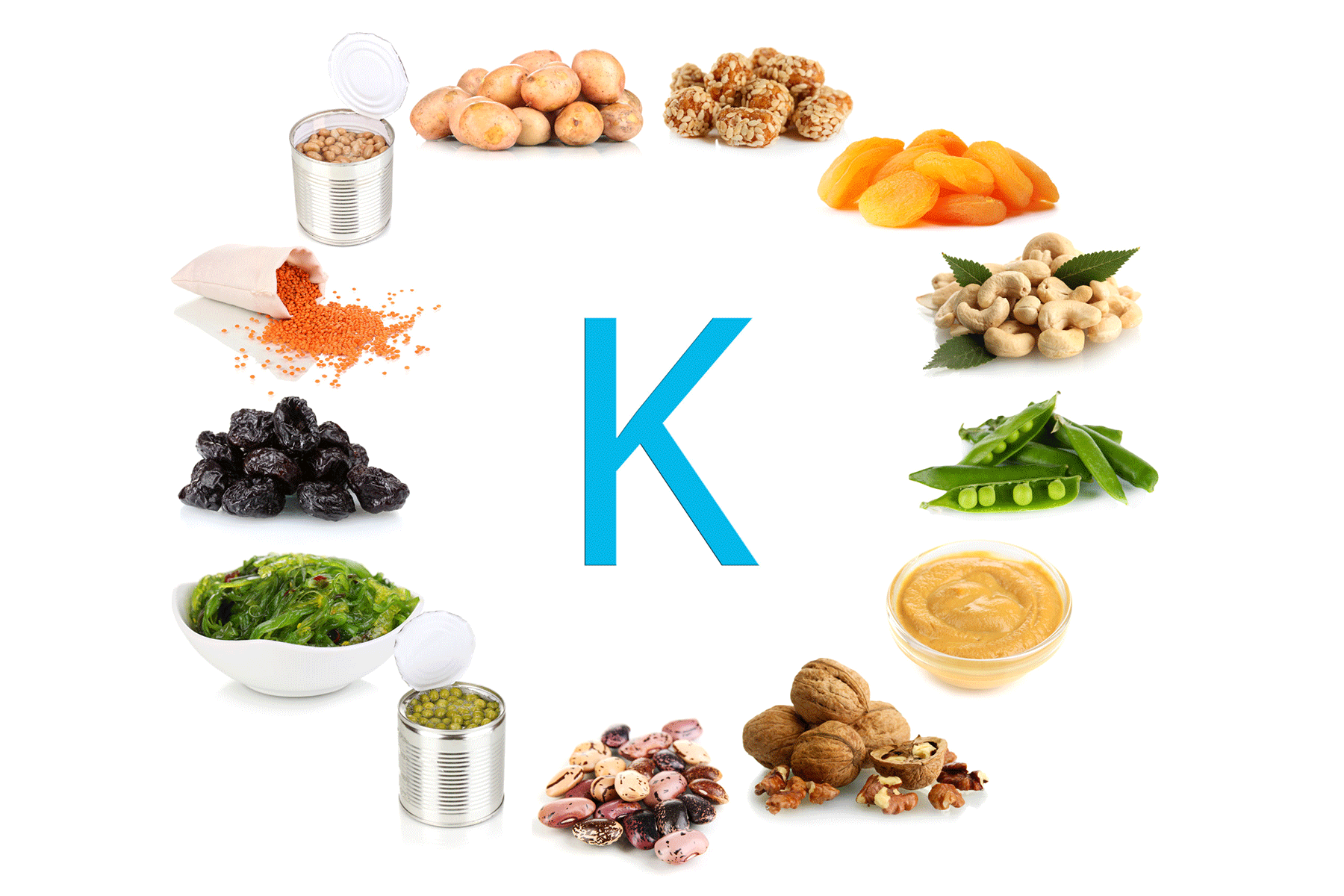Raw foods, such as fresh salads, smoothies, and fruits, are packed with nutrients, fiber, and antioxidants. They are a healthy part of many diets and offer numerous health benefits. However, while raw foods can be highly nutritious, they also carry certain risks if not handled and prepared correctly. Harmful bacteria that cause foodborne illnesses can be present in raw foods. In this article, we’ll explore the most common bacteria found in raw foods, how they can cause illness, and how you can prevent exposure by followraw ing proper food safety practices.
Why Raw Foods Carry Bacteria

Raw foods are more likely to harbor harmful bacteria because they come into contact with soil, water, or animal feces during the growing, harvesting, or transportation process. Washing produce helps remove some of the bacteria on the surface, but it may not eliminate all of them. Raw animal products like poultry, eggs, and dairy are also at risk for bacterial contamination. These bacteria multiply quickly when food isn’t stored or handled properly, increasing the likelihood of foodborne illness.
Common Bacteria Found in Raw Foods
Raw foods like fresh fruits, vegetables, and salads are nutritious and delicious—but they can also carry harmful bacteria if not handled properly. Let’s look at some of the most common foodborne pathogens found in raw foods, how they cause illness, and how you can avoid them.
Salmonella
You’ll usually find Salmonella in raw poultry and eggs, but it can also show up on raw fruits and vegetables. It causes stomach cramps, diarrhea, vomiting, and can be serious for kids, the elderly, and people with weakened immune systems.
Prevent it:
- Wash fruits and veggies under running water.
- Avoid raw or undercooked eggs and poultry.
- Use separate cutting boards for raw meat and produce.
- Cook poultry and eggs fully.
E. coli
E. coli isn’t just in undercooked beef—it can also live on raw produce exposed to contaminated water or soil. It can cause severe cramps, bloody diarrhea, vomiting, and even kidney failure.
Prevent it:
- Rinse produce thoroughly.
- Cook meat to a safe internal temperature.
- Keep raw meat and veggies separate.
Listeria
Listeria lurks in raw dairy, deli meats, and ready-to-eat salads. It’s especially risky for pregnant women, newborns, older adults, and people with low immunity. Symptoms include fever, aches, nausea, and it can even cause miscarriage.
Prevent it:
- Store deli meats and dairy in the fridge.
- Avoid unpasteurized products, especially during pregnancy.
- Wash hands and utensils before preparing food.
Campylobacter
This bacterium hides in raw poultry and unpasteurized milk. It causes diarrhea (sometimes bloody), cramps, and fever. In rare cases, it can trigger nerve disorders.
Prevent it:
- Cook poultry thoroughly.
- Skip raw or unpasteurized milk.
- Wash hands and sanitize tools after handling raw meat.
Norovirus
You can get Norovirus from raw shellfish or from produce handled by infected people. It spreads fast and causes vomiting, diarrhea, and stomach pain.
Prevent it:
- Avoid raw or undercooked shellfish.
- Wash produce well.
- Practice good hand hygiene when handling food.
How to Safely Handle Raw Foods
Now that we know the risks, let’s take a look at how to safely handle raw foods to reduce the risk of foodborne illness. By following these simple steps, you can enjoy them while minimizing the chances of contamination.
- Wash Produce Thoroughly
Always rinse fruits, vegetables, and leafy greens under cold running water to remove dirt, bacteria, and pesticide residues. Scrub firm produce like carrots and potatoes, and gently rub leafy greens. Even if you plan to peel them, wash them first.
- Separate Raw and Cooked Foods
Prevent cross-contamination by using separate cutting boards and utensils for raw meat and vegetables. Always wash your hands after handling raw items and before touching cooked foods.
- Store Raw Foods Properly
Refrigerate raw foods as soon as you bring them home. Store leftovers in shallow containers to cool quickly. Don’t leave raw items out for more than 2 hours—or 1 hour if it’s over 32°C (90°F).
- Cook Meat and Eggs to Safe Temperatures
Use a food thermometer to cook meat and eggs properly. Poultry should reach 74°C (165°F), and ground meat should hit 71°C (160°F). This step kills harmful bacteria like Salmonella and E. coli.
- Handle Raw Animal Products Safely
If you consume raw eggs, dairy, or meat, choose trusted sources. Keep them refrigerated and consume them within recommended timeframes. Avoid raw animal products if they haven’t been handled safely.
Conclusion
While raw foods offer numerous health benefits, they can also carry harmful bacteria that cause foodborne illnesses. By following proper food safety practices such as washing produce thoroughly, separating raw and cooked foods, refrigerating foods promptly, and cooking meat to the correct temperature, you can significantly reduce the risk of contamination. Taking these steps will help you enjoy the nutritional benefits of raw foods without the worry of foodborne illness. So, remember to always handle them with care and ensure you’re practicing food safety for a healthier, safer diet.
 Food Manifest
Food Manifest 